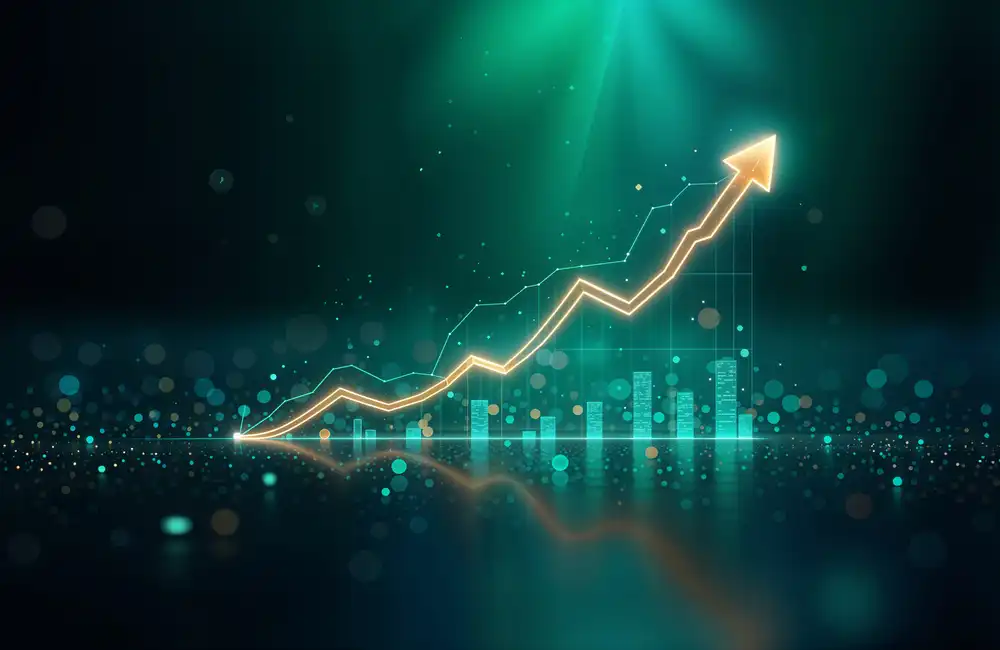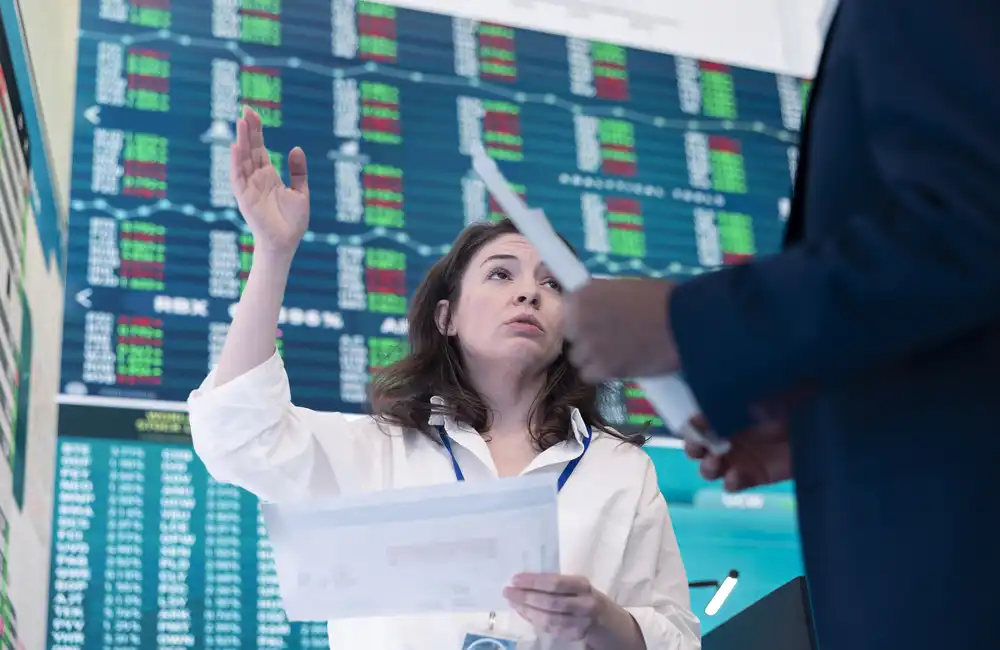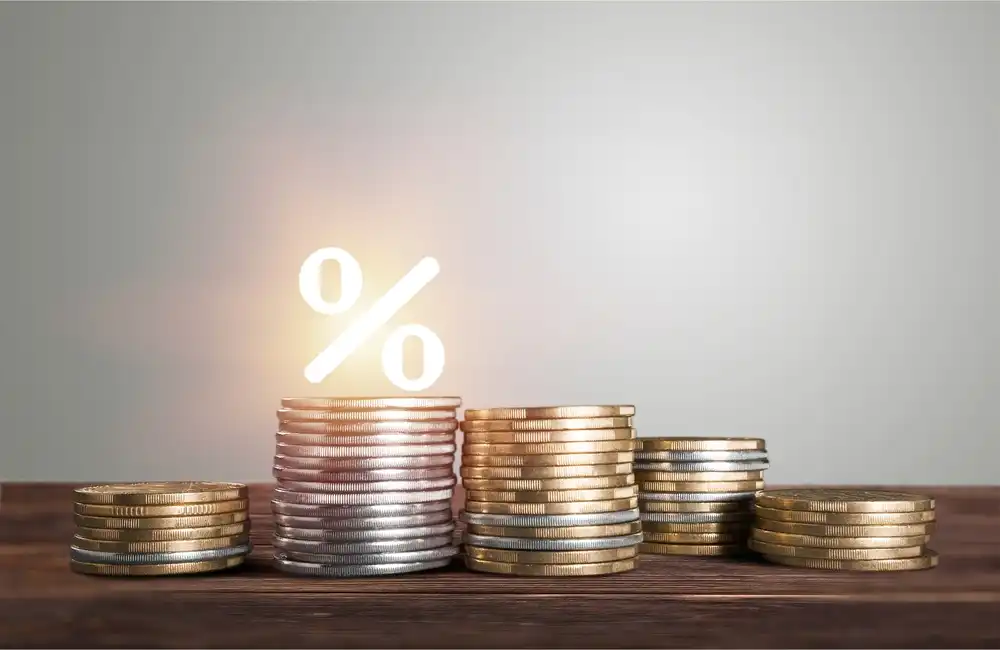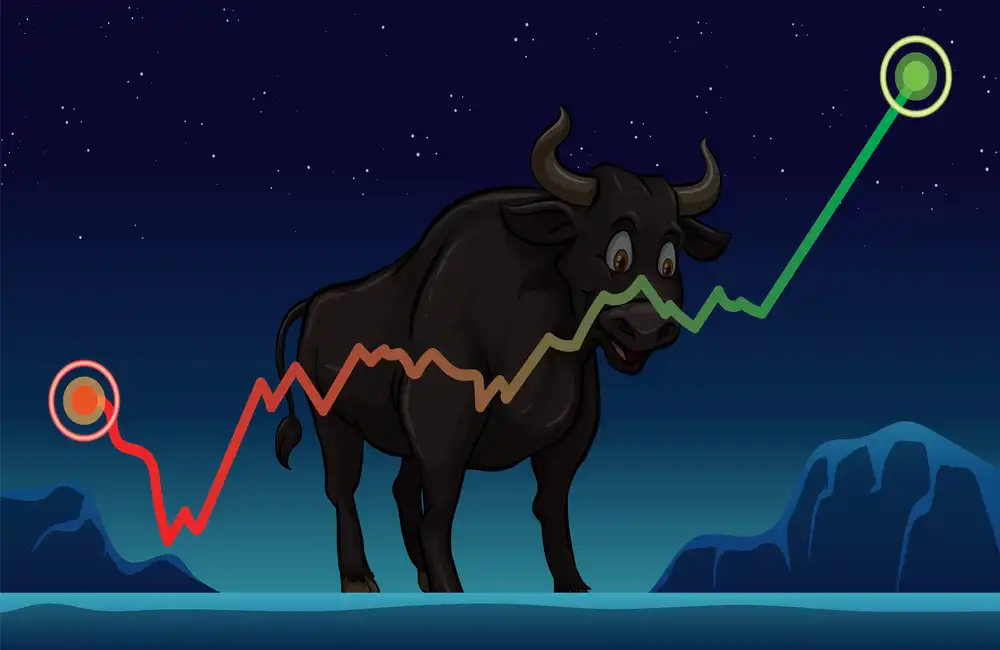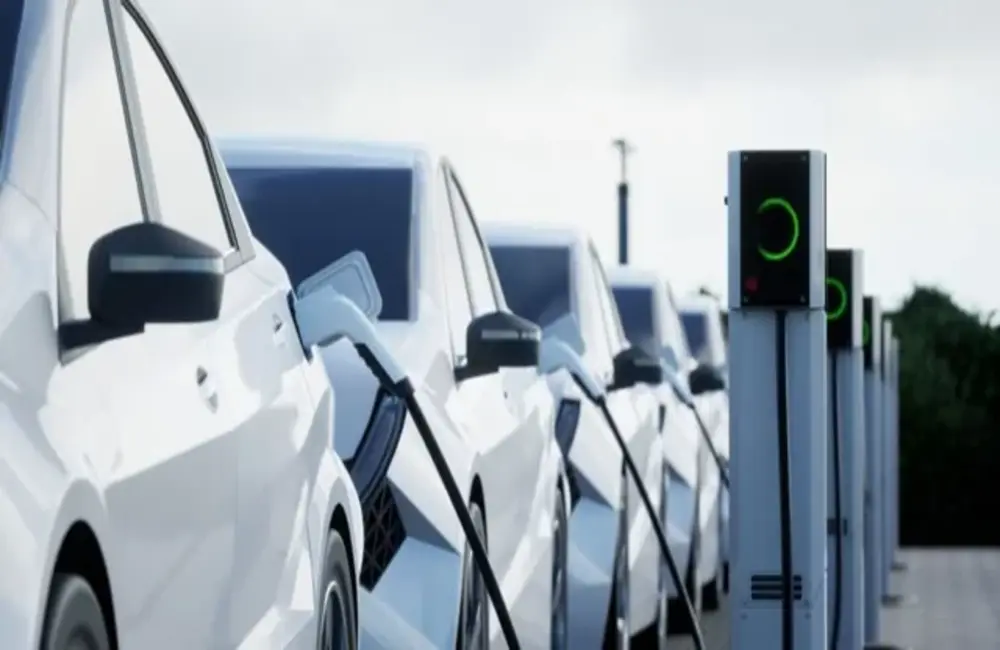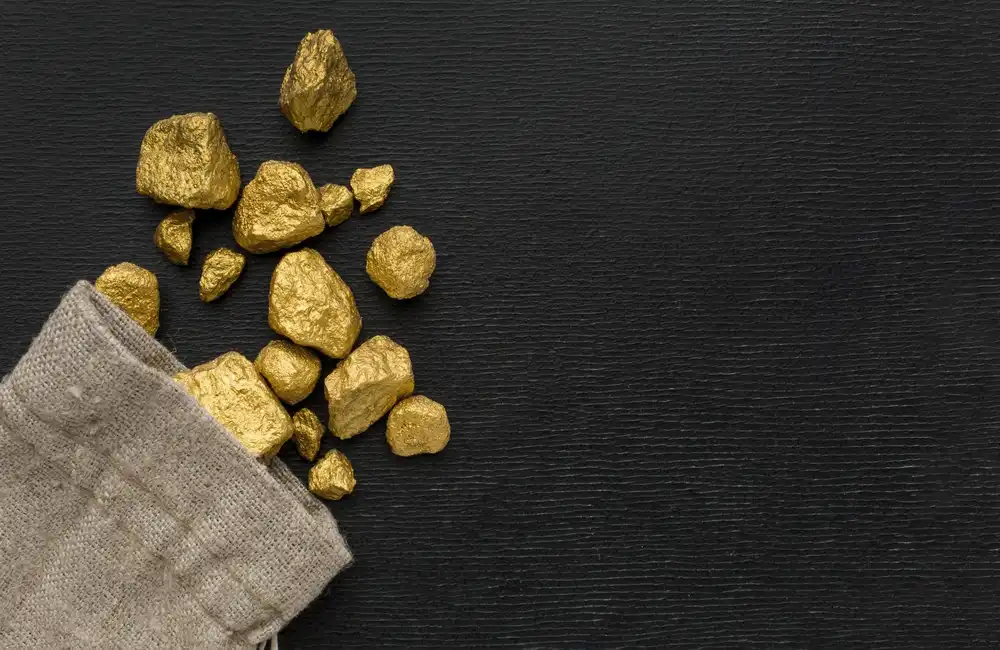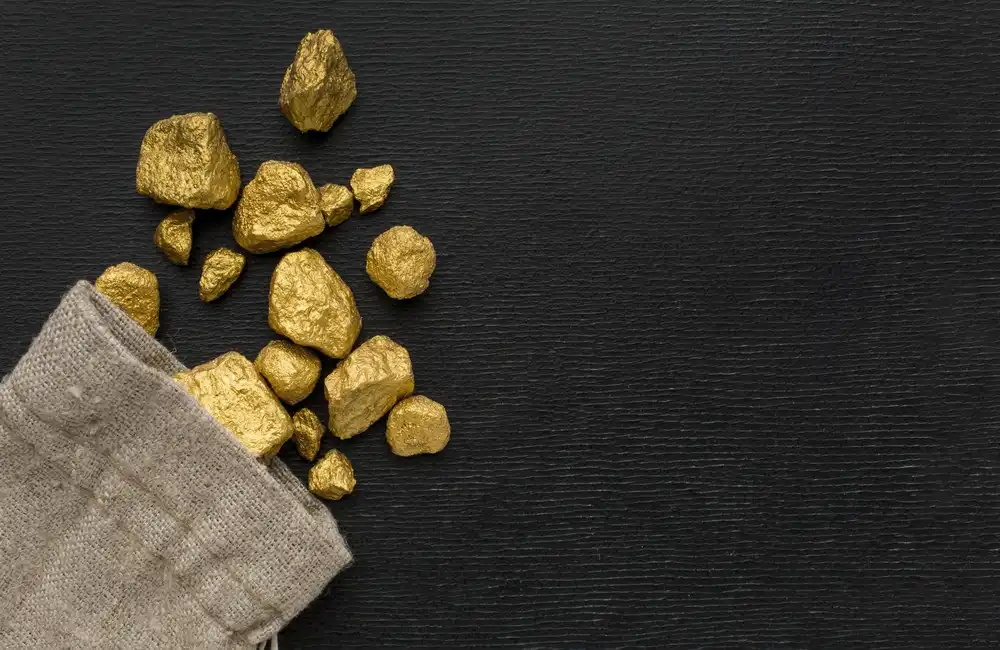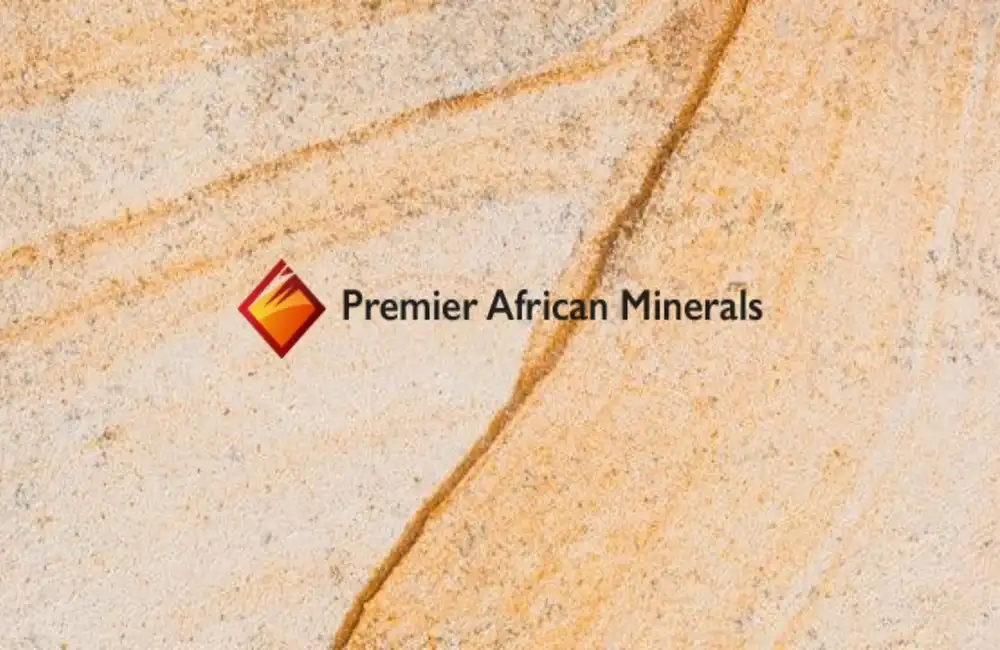Rising battery metal costs have compounded a slowdown in electric vehicle sales, which is hampering the switch to a low-carbon economy.
The price of building lithium-ion batteries used for EVs is climbing for the first time in nearly a decade, mainly due to the inflated cost of key metals like lithium, cobalt, and nickel. For years, battery costs had been falling as production scaled up, but new inflationary pressures, pandemic lockdowns in China, and supply chain disruptions in early Q2 have reversed that trend.
These expensive metals are impeding efforts to cut emissions in the transport sector as consumers reduce purchases of the already-costly vehicles. EV sales dropped 35.6% in April month-on-month across five countries—the U.S. and four of Europe’s top markets—according to S&P Global Commodity Insights analyst Alice Yu.
Related blog: Is LFP still the cheaper battery chemistry post-record lithium price hike?
Experts say this slowdown in EV adoption may be temporary, as extraction efforts ramp up and alternative battery chemistries are explored to rebalance costs. But for now, manufacturers already struggling with semiconductor shortages must compete harder for affordable raw materials.
“One potential outcome of high materials costs is a delayed transition, particularly if consumers are hesitant about adopting these clean technologies,” said Tae-Yoon Kim of the International Energy Agency. “The risks, as we see with these spiking material prices, are a slower or more economically costly transition so long as these cost increases aren’t offset by other drivers.”
“Inflation is starting to bite,” particularly outside China, Yu added. “Some customers are stalling their EV purchase decisions, while others are opting for lower-cost models even if they have to wait months or into 2023.”
A perfect storm of costs
Lithium prices surged to record highs in early 2022, following a doubling in 2021. Platts assessed seaborne lithium carbonate at $78,000/mt CIF North Asia in mid-April, before easing to $74,000/mt by June 7.
Nickel also hit record highs, briefly topping $48,000/mt in March amid Ukraine war-related supply fears, halting London Metal Exchange trading. As of May 25, LME nickel prices had eased to $26,731/mt—still 57.2% higher year-on-year.
Cobalt prices followed suit, driven by sanctions fears against Russia and tight supply. Norilsk Nickel, a major Russian producer, accounts for 2.7% of global mined cobalt. Cobalt prices climbed 16.3% between January and March, peaking at $82,000/mt before ending mid-May at $75,000/mt—still up 71.8% from 2021.
“Battery value chains are stretched and disrupted,” said Ulderico Ulissi of RhoMotion. “Natural resources are a big reason, along with China lockdowns and the ongoing semiconductor shortage.”
A dent in demand
“By the end of 2022, we might see further upticks in battery prices, and that might be reflected in EV prices, which would have ripple effects on consumers,” Kim of the IEA said.
Tesla has already increased some prices in 2022 due to rising raw material costs. “Unless there are substantial increases in lithium extraction and refinement, we’ll see intense competition for a limited supply, pushing prices higher,” CEO Elon Musk said during an April earnings call.
Rivian Automotive hiked prices of its R1T pickup and R1S SUV by about 20% early in 2022, before walking back those increases for existing orders amid customer backlash. “The price of lithium hydroxide has increased quite significantly, and that has impacted everyone,” CEO Robert Scaringe said in May.
EV sales in Europe dropped 36.9% month-on-month in April to below 160,000 units, according to Benchmark Mineral Intelligence. In China, Tesla’s April sales fell 98% to just 1,512 units due to COVID-related factory shutdowns, according to the China Passenger Car Association.
“Currently, we believe mining and refining lithium are the limiting factors,” Musk said. “It’s certainly driving a fair amount of cost inflation in battery cells. It’s the single biggest cost growth item right now—certainly on a percentage basis.”


